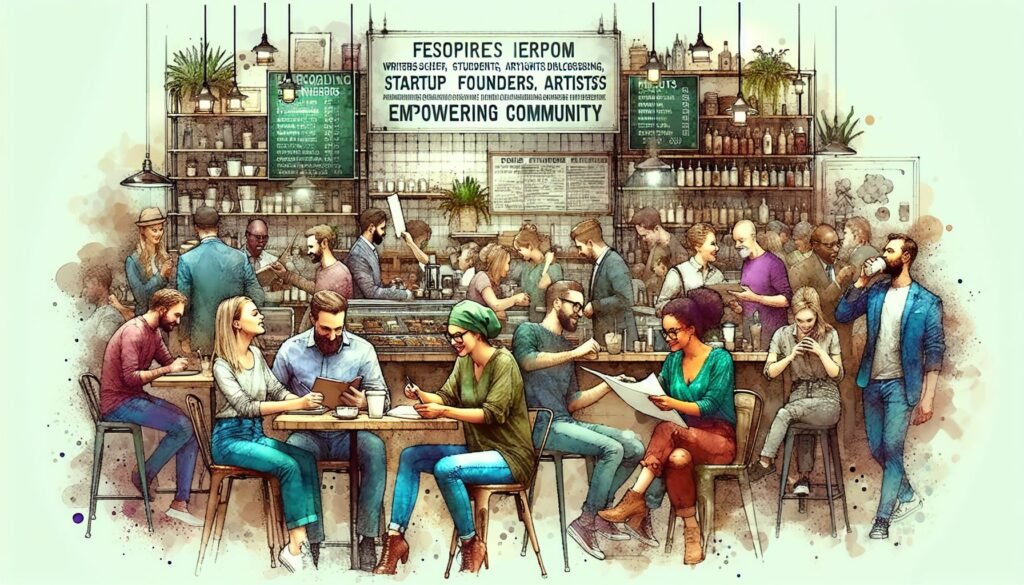Starbucks’ hugely popular coffee has also sparked a wave of entrepreneurship in the areas where it operates: studies have shown a 5-11.8% increase in entrepreneurship, especially in areas with no other major coffeehouses. This has resulted in roughly 1.1-3.5 new ventures each year that would not have occurred otherwise.
This effect, known as the “Starbucks effect,” can lead to increased innovation among local businesses and higher home prices. The company’s presence can signal subsequent development and untapped potential in a neighborhood. However, this effect can also lead to income inequality and potential gentrification, causing long-time residents to face higher costs of living.
The concept of a “third place” — a welcoming environment separate from home and work — appears to help inspire entrepreneurial efforts. Starbucks offers such spaces as comfortable networking hubs with Wi-Fi and caffeinated beverages that promote productivity, idea sharing, and strategizing. This nurturing atmosphere helps foster entrepreneurial activity in the neighborhood.
This phenomenon was studied in a comprehensive research project spanning seven years.
Starbucks’ huge impact on local entrepreneurship
The research team analyzed both successful neighborhoods and those where Starbucks was unable to expand due to factors such as zoning laws and resistance from local groups. The researchers extracted patterns that influenced Starbucks’ success or failure and its impact on real estate values and local economies. Importantly, they also found that neighborhoods where Starbucks partnered with basketball player-turned-businessman Earvin “Magic” Johnson saw a 29.7% increase in startups.
The Starbucks-Johnson partnership may have inspired local entrepreneurship and spurred a surge in startup activity through an inspiring mix of Starbucks’ corporate success and Johnson’s athletic achievements. This unexpected incentive ignited business enthusiasm in the local economy, suggesting that nearly one-third of startups in these regions exist thanks to the partnership.
Starbucks’ impact on communities is not temporary. For seven years, Starbucks has fostered the concept of “third places” to foster social interaction and build community ties. Despite changes in its business model, Starbucks continues to serve as a key catalyst for dialogue and collaboration. By fostering spaces for interaction and exchange, Starbucks is making a lasting impact on communities around the world.

